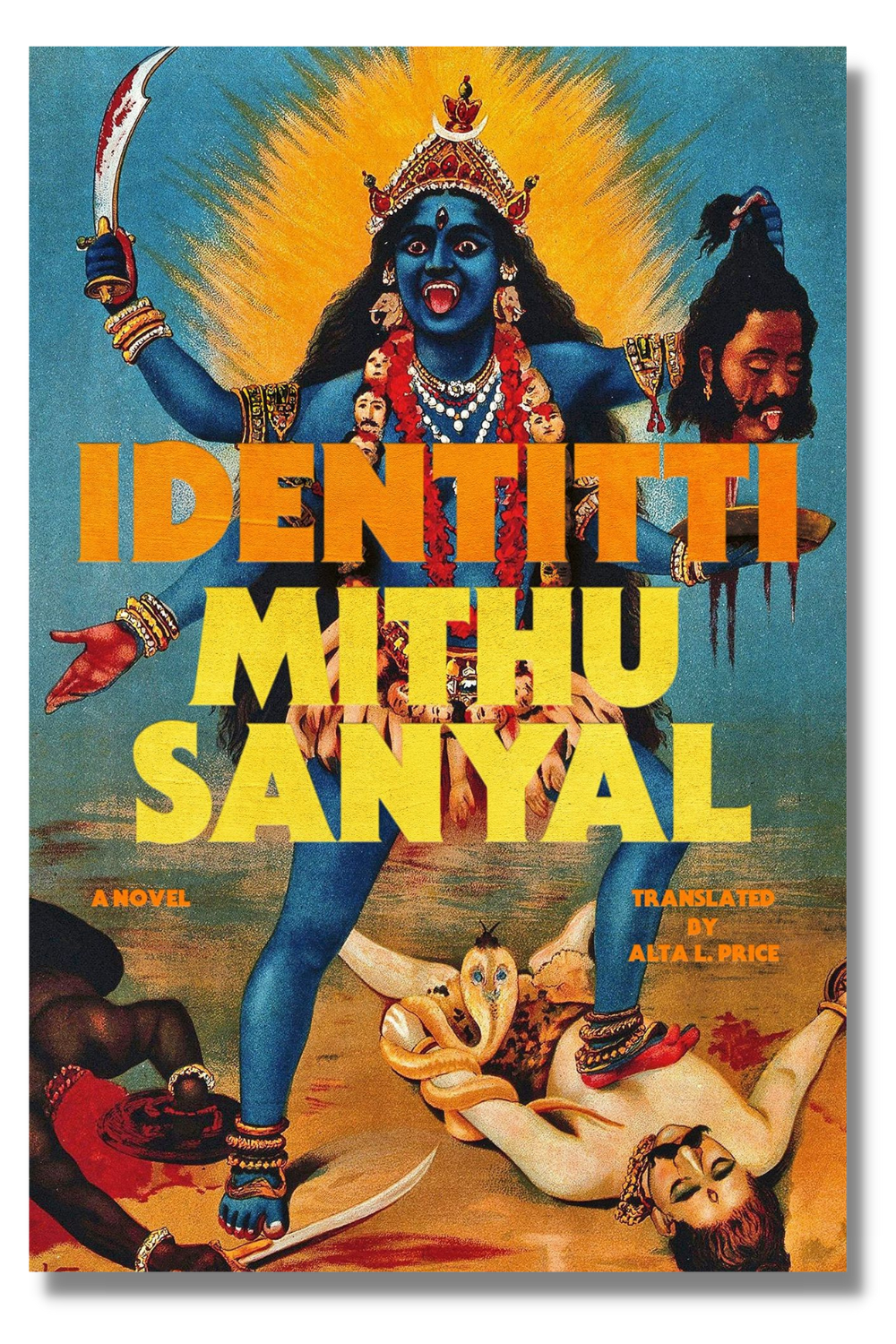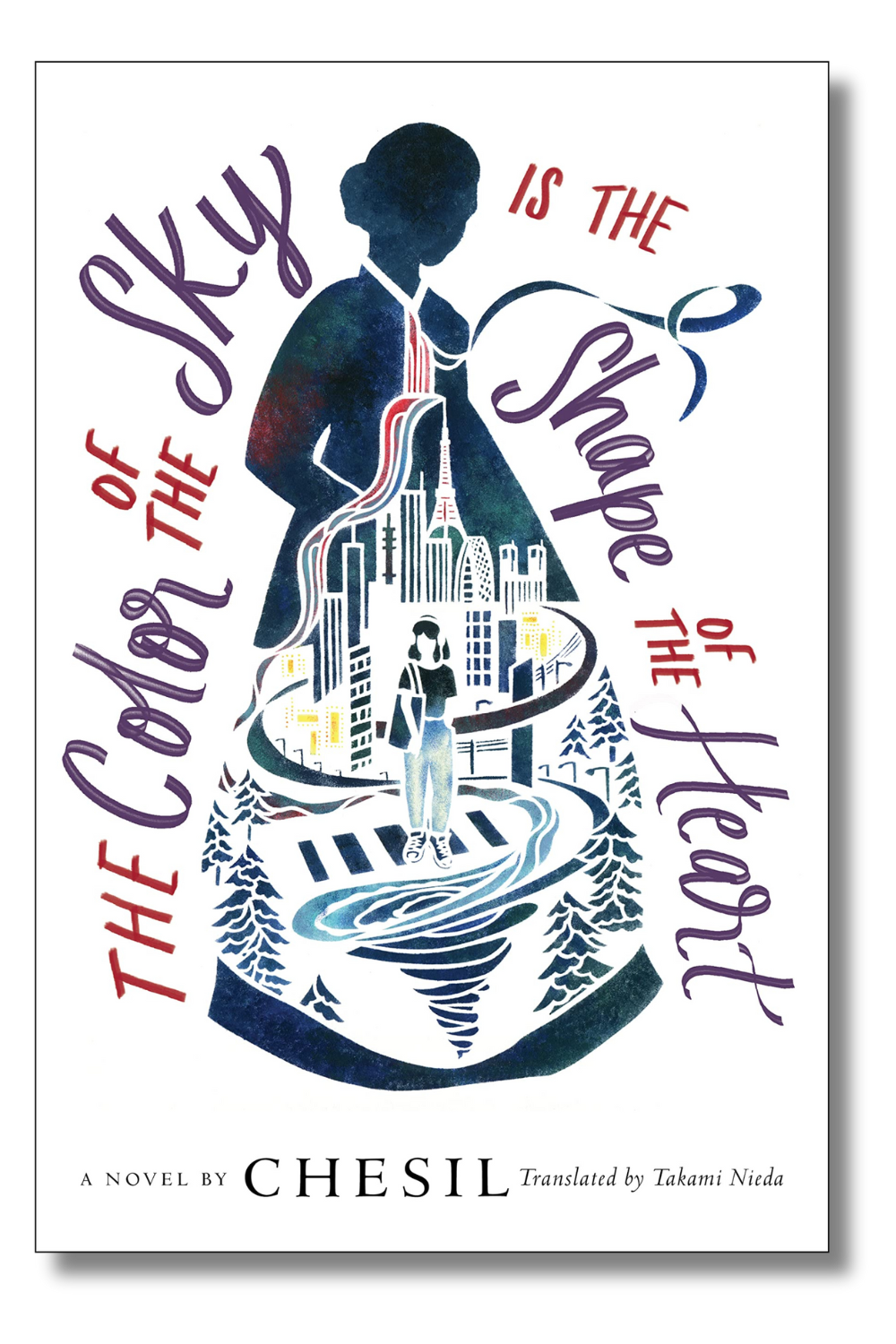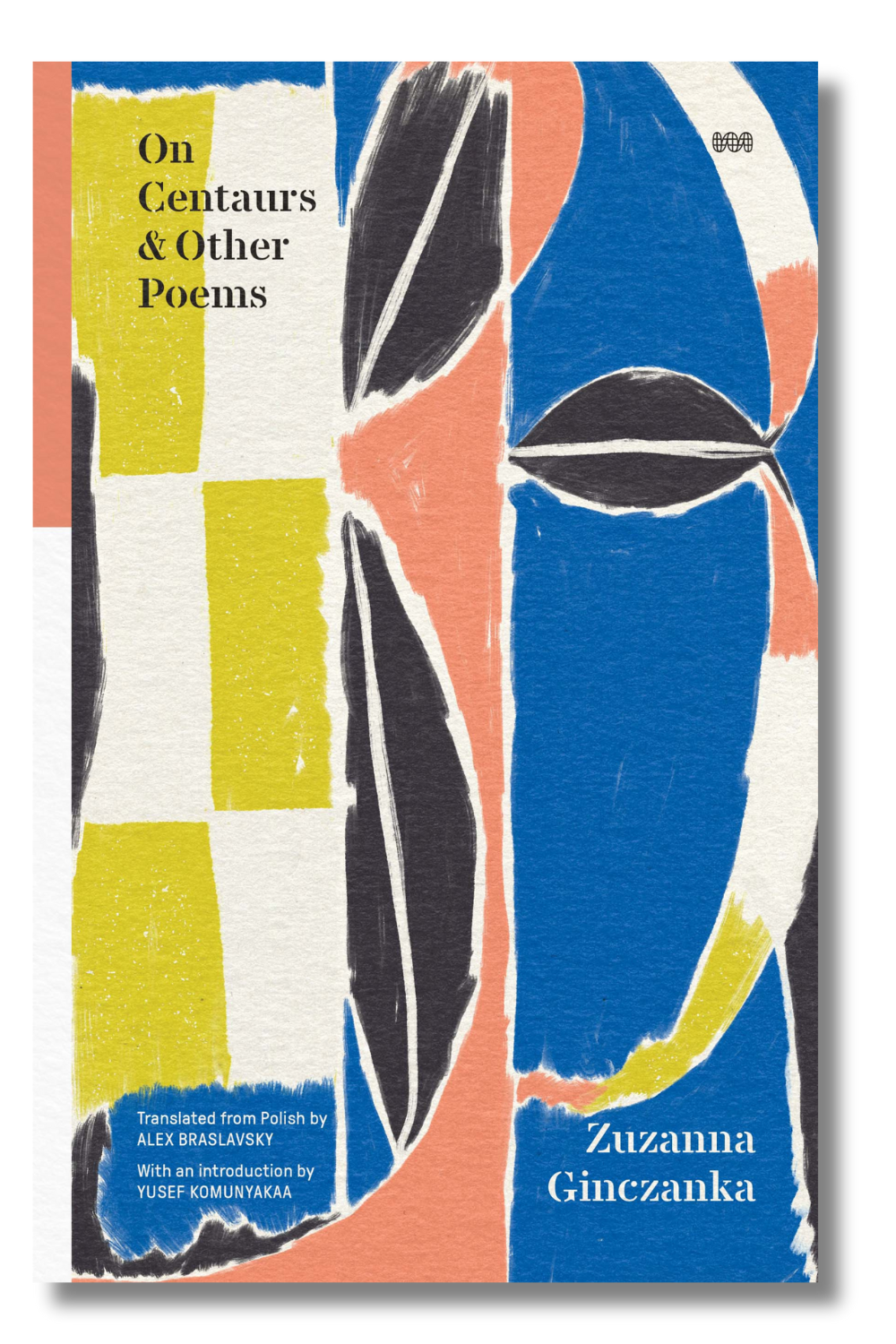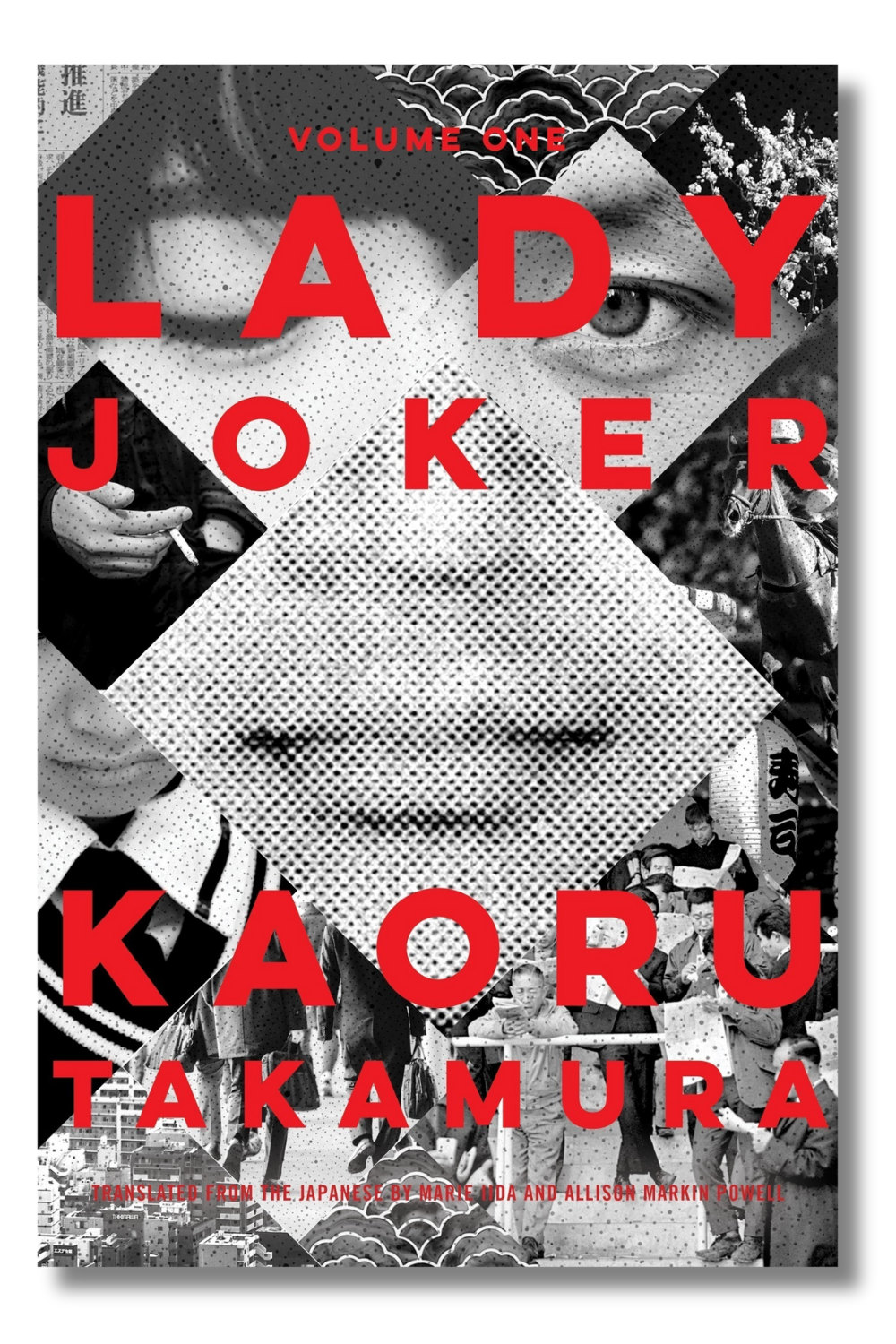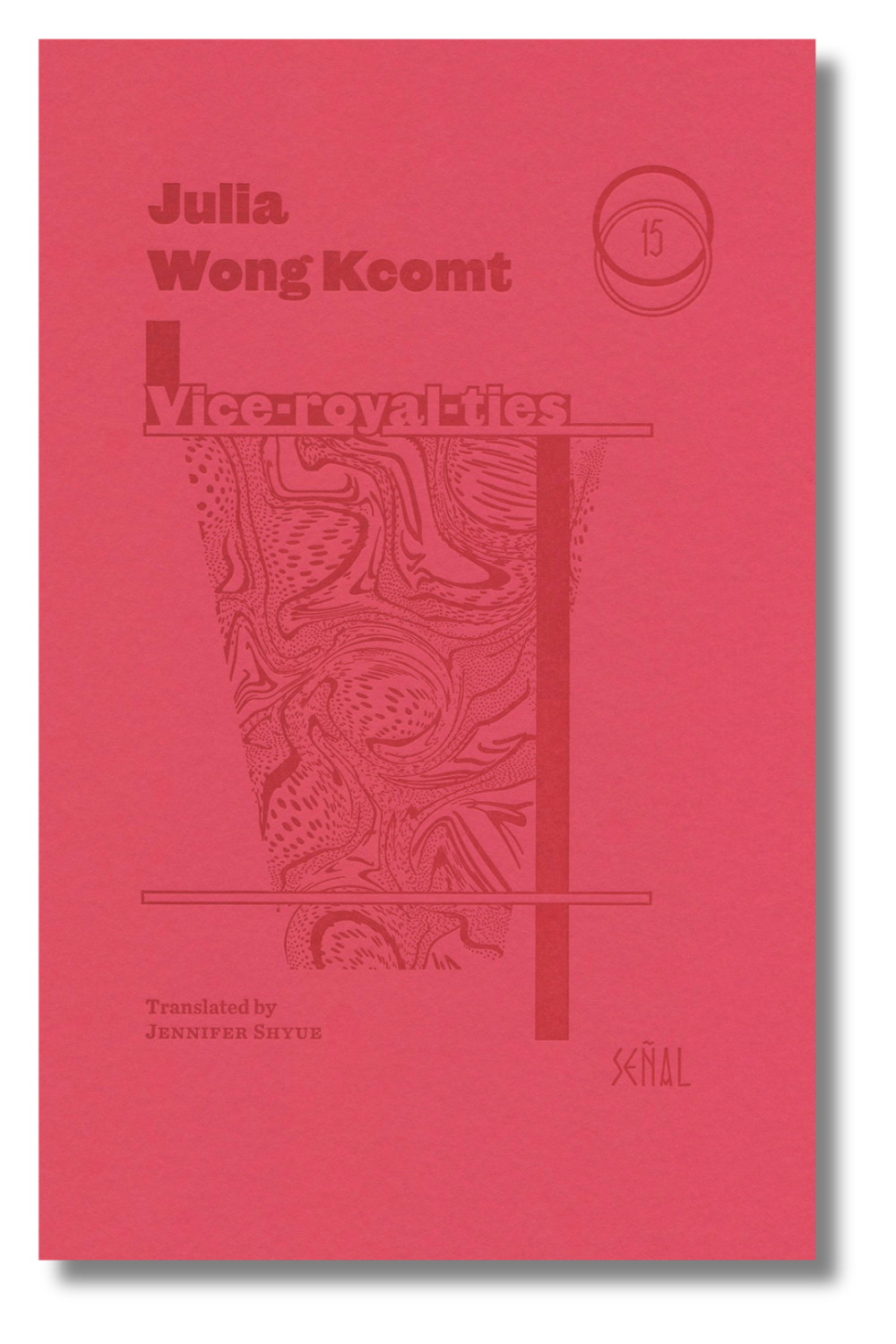I’d like to recommend the novel Identitti by Mithu Sanyal, translated from German by Alta L. Price. In Sanyal’s novel, a cultural studies professor who goes only by the name Saraswati and enjoys a cultlike following among her students is revealed to be a white German woman masquerading as South Asian. Playing the scenario for comedy rather than tragedy, Sanyal focuses not so much on the outing itself as on its aftermath, particularly as it affects one especially devoted disciple, a young intellectual and blogger named Nivedita whose world is turned upside-down by the revelation about her beloved mentor’s true identity. Moving, topical, and incredibly funny, Sanyal’s novel in Alta L. Price’s lively translation will keep you both in stitches and stocked up on food for thought this summer.
Simultaneously expansive and airtight, via one propulsive 184-page paragraph, Thuận’s Chinatown (New Directions, June 2022) takes place within a two-hour timeline during which an unnamed protagonist and her young son are trapped in a Paris metro tunnel while local authorities investigate a bomb threat. With nowhere to go, this protagonist soon launches into reminiscences about her tumultuous love affair with Thụy, a Vietnamese architect of Chinese ancestry. Her relationship, with its short-lived marriage, spans continents and eventful decades—from Vietnam to Russia and France, encompassing the twilight years of the Cold War, the border skirmishes masked by an age-old alliance between China and Vietnam, and the heady period following Vietnam’s implementation of free-market reforms.
Thuận’s English-language debut, rendered by Nguyễn An Lý’s incantatory translation, reveals haunting paradoxes about the idea of Chinatown: an elusive yet thriving sanctuary constructed out of displacement and oppression; an accidental nucleus of kindnesses shaped by untethered alienation. In accentuating the novel’s tension between the generic global and the distinctly local, Thuận affirms and subverts Marguerite Duras’s The Lover. In many ways, the lovers in Thuận’s Chinatown seem more tragic than the interracial couple in Duras’s novel, as the former are doomed not by racial, age, cultural, and economic differences, but by the inescapable geopolitics of their shared affinities.
Every new book by Kim Hyesoon is a gift. Phantom Pain Wings is perhaps my favorite that I’ve read from her, itself a translation of “bird language” and all the mysteries it holds. This collection touches on many things: grief, trauma, death, pain, memory, birds—while Kim believes she’s never comforted anyone with her writing, I am always comforted by her brilliance, her depth of imagination, and the incredible sense of lyrical play, per Don Mee Choi’s beautiful translation. When Kim asks in her poem “Korean Zen,” “For how long can humans stay inside a poem?” I asked myself the same thing. What I do know is that these poems will remain inside me for a long time to come.
Chesil’s The Color of the Sky is the Shape of the Heart, translated from the Japanese by Takami Nieda (Soho Press, 2022), follows a rebellious teenage Zainichi girl named Ginny as she struggles to navigate the Japanese school system. As an ethnically Korean person born and raised in Japan, Ginny faces prejudice from Japanese students as well as her Zainichi community, and she fights to retain her dignity amidst a tangled web of rules and beliefs not of her own making. In Nieda’s effortless translation, Ginny’s teenage voice, her stubbornness and determination to make a way for herself, shines through the page.
I loved On Centaurs and Other Poems, a gorgeous collection by the Polish-Ukrainian-Jewish poet Zuzanna Ginczanka, who was killed by the Nazis in 1944 at the age of twenty-eight. Alex Braslavsky’s sensitive translation brings out the sensuality and wonder in Ginczanka’s early poems and the steeliness of her later ones. An attestation of the power of poetry, this volume resonates with our own strange times; you’ll find descriptions of the sweetness of August as well as the disasters that late summer portends.
No need to look any further—Kaoru Takamura has your August reading covered! Clocking in at just shy of 1,200 pages, Lady Joker is a double doorstopper of a thriller and it’s doubly thrilling at that. Based on an unsolved true corporate kidnapping in 1980s Japan and with an intense focus on the marginalized and disaffected left behind in the postwar economic boom, this novel is as much a psychological as a crime thriller. Takamura also offers up a stirring dose of social critique with a plot that traces the tentacles of corporate corruption, organized crime, caste and ethnic discrimination, shadowy right-wing nationalists with ties to high-ranking politicians, and ambitious newsrooms wending their way through Japanese society. More than the sprawling net it first appears, Lady Joker is in fact an intricately woven web that pulls the reader in and holds her as tight as a spider does a fly. The spell this book casts is due in no small part to Marie Iida and Allison Markin Powell’s attentive, nuanced, and compelling translation. Your wrists may ache, but you won’t want to put it down.
Vice-royal-ties, by Julia Wong Kcomt, translated from Spanish by Jennifer Shyue (Ugly Duckling Presse, 2021). Julia Wong Kcomt is of tusán (Chinese Peruvian) background, and the poems in this chapbook—translated with kindred keenness and vibrancy by Jennifer Shyue—are sharp, sensuous explorations of power, diaspora, longing, and multilingual identity. As a bonus, I can’t help sharing Jennifer’s essay in The Common about the concept of the “mother tongue” and translating Wong Kcomt’s work.
Valeria Luiselli’s The Story of My Teeth—about an auctioneer who uses the power of fiction to create decent lots out of his own terrible teeth—is just full of quirky charm. I picked up the book (called a “collective ‘novel-essay’” by the author and delightfully translated by Christina MacSweeney) expecting that it would be absurdist and metafictional, but what I didn’t expect was that it would be a page-turner too. Years later, I’m still in awe of how original it is. It reminds me of a fairground funhouse: every section delivers a surprise in form, all the way through to what might, in a more standard work, be called the translator’s note. While you can apply a lot of grand-sounding terms to the book—philosophical, postmodern, etc.—The Story of My Teeth manages to stay wholly unpretentious, perhaps not surprising given that Luiselli describes her experiment as a “reverse Duchampian procedure.”
I’m going to recommend Minor Detail by Adania Shibli, translated by Elisabeth Jaquette. This short book got under my skin when I first read it and has haunted me ever since. The austere prose in this magnificent translation throws a pitiless, impassive air over every page, where murder is dealt with as impersonally as a pack of chewing gum. It is an intense and compelling meditation on the nature of violence, the limits of empathy, and the instability of the structures upon which we build our lives.
In the sensitive hands of Annie Ernaux and her translator Alison L. Strayer, a slim and seemingly salacious story of a woman’s love affair with a much younger man transforms into a profound exploration of power and domination, of reliving through writing, and of how passion elevates us to a kind of agelessness. In this suspension of time and societal expectation, Ernaux also embraces experience with an endpoint, what it feels like to look at each other across a table, submerged in affection, pondering a future in which your lives have inevitably and irrevocably diverged—and the beauty of it all even so. The Young Man is forthcoming from Seven Stories in September 2023.
Hijab Imtiaz Ali (1908–1999) is my current obsession. Hijab was known as the Queen of Romanticism in twentieth-century Urdu literature. Her writing is often in the vein of gothic or horror, but her emphasis is on atmospherics and a limited set of characters that she uses over and over again. In this volume, the first book-length translation of her writings in English, we see her micro-fictions, tiny pieces which have the cadences and imagery of poetry. Sascha Akhtar brings her voice alive in these lovingly burnished translations, and supplies a lengthy introduction based on archival research into Hijab’s life and work.
Senhora Dona Dora, or Dora Rosário, is the woman (and widow) at the heart of Empty Wardrobes, published in Portugal in 1966—during the Salazar dictatorship, which lasted from the early 1930s to the Carnation Revolution of 1974—and released in English for the first time in 2021, in a translation by the inimitable Margaret Jull Costa. In these pages, Maria Judite de Carvalho shines a light at turns hilarious and cruel on three generations of women who have outlived or else will outlive the men they marry: Ana, the matriarch whose blond hair becomes blonder and thinner with time and wears far too much makeup for her age; at least in the view of Lisa, her teenage granddaughter, ballerina, polyglot, aspiring air stewardess, who has a gaze that “turns people into air”; Aunt Júlia, who dreams of flying saucers and gets pegged for an eccentric; and Lisa’s mother, Dora Rosário, an “ageless and hopeless” woman who works at an antiques shop and becomes many different versions of herself throughout the novel, as she assimilates new information about her late husband, Duarte. The twists and turns of Empty Wardrobes will take you somewhere utterly unexpected and yet entirely predictable considering the penchants of patriarchy, even in a story populated almost entirely by women.
Copyright © 2023 by Words Without Borders.









